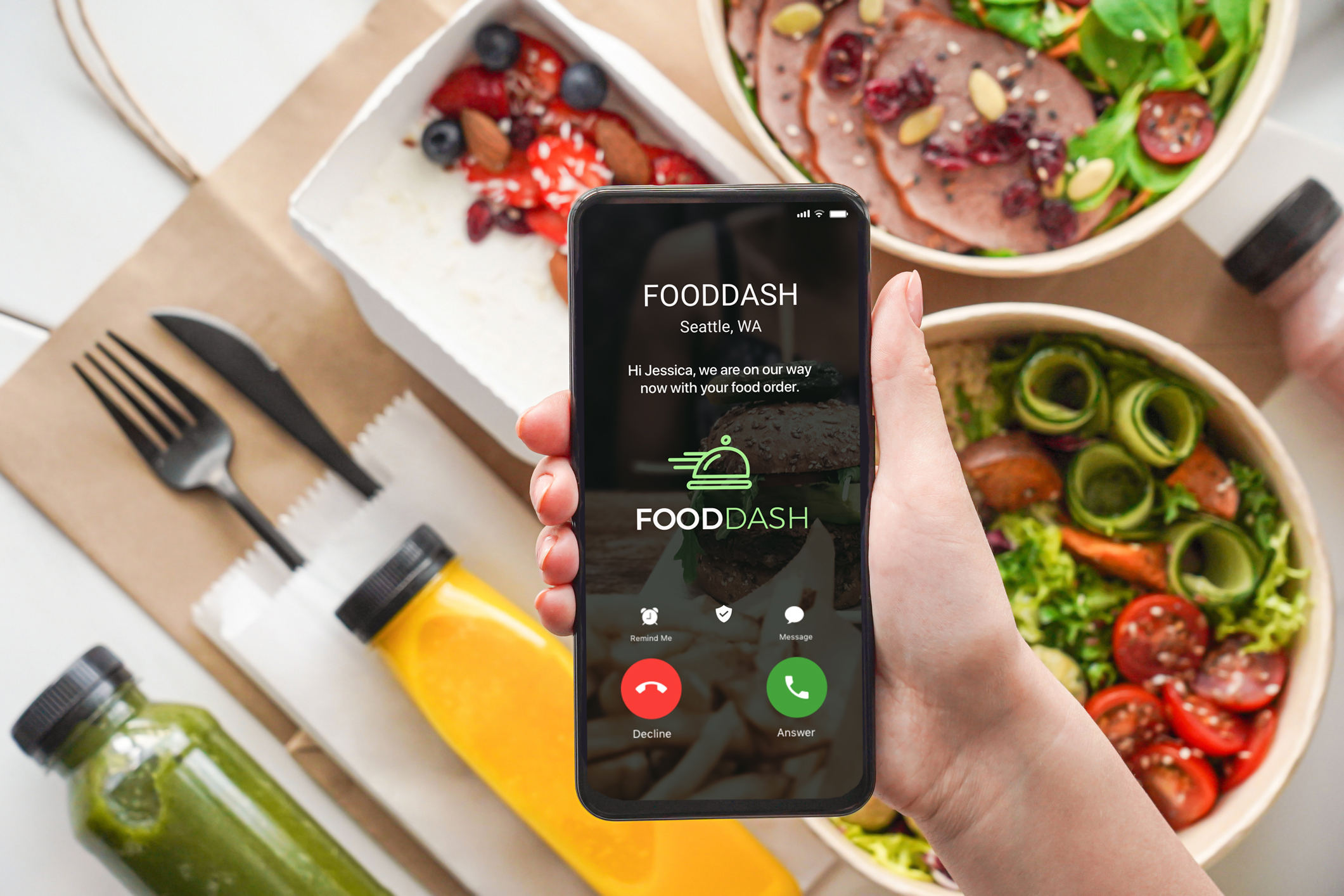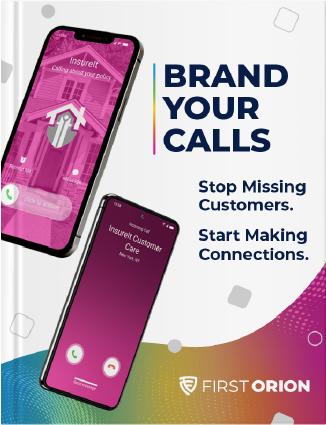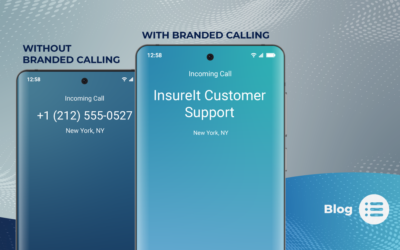Over the course of the COVID-19 pandemic, we’ve learned a lot – particularly regarding supply and demand, the need (and how) to shift business operations, and consumer behavior in times of uncertainty and crisis. One big thing we’ve discovered at First Orion is that on-demand food delivery services have a problem, despite their growing popularity.
We recently released the results from our survey of 2,000 consumers that explores how many people are using food delivery apps and what makes or breaks a consumer’s experience, particularly amid a pandemic.
Unidentified phone numbers are causing major customer experience problems for businesses. In general, most people don’t answer calls from numbers they don’t recognize. And while endless calls from unknown sources is undoubtedly a pain for consumers, the repercussions businesses face when trying to reach consumers, especially in an increasingly digital and remote world, is even more troubling. Data from First Orion shows that 87% of mobile users don’t answer calls from unknown numbers, and over 40% said they chose not to answer because their phone didn’t identify the call properly. Unanswered calls have always posed an issue for businesses, and consumers agree – just under a third of those surveyed said they are missing more calls, more frequently now than before.
Within the food industry, the pandemic has led to a surge in the use of popular on-demand food delivery platforms like GrubHub, Uber Eats, and DoorDash (our new study found 92% usage of these services). Despite the convenience of mobile app ordering and contactless delivery, problems still occur. When issues arise, more than 80% of survey respondents said they want to receive a phone call, and 93% expect problems to be resolved in less than 10 minutes. When asked how important it is to be able to identify an unknown phone number by the business name, 81% said very or extremely — otherwise, they simply won’t answer.
It’s a fact (that businesses need to accept): most people don’t answer calls from numbers they don’t recognize. So, if your call is anonymous, it’s a safe bet that it’s probably going to get ignored. In our survey, 62% of respondents missed a call about a delivery issue because they didn’t recognize the phone number calling, which can lead to overwhelming dissatisfaction (more than 80%).
So what does this mean for businesses? With so much riding on a phone call — the restaurant’s reputation, future orders, the driver’s income, the customer service agent’s call completion times, and the app’s overall efficiency – it’s time for businesses to start rethinking the phone call.
Consumers are willing to answer the phone when they see a brand’s logo or name, driving greater engagement, loyalty, and a positive experience overall. In the case of on-demand services, like food delivery apps, adopting enhanced calling technology can dramatically increase first-call answer rates and customer satisfaction. To ensure better pick-up rates, restaurants and food delivery apps can label their calls and customize them. A branded phone call, clearly stating who is on the other end and why, can solve a whole chain of problems before a call is ever missed.

By innovating the phone call experience to eliminate the need for consumers to screen unknown numbers and play the dreaded game of phone tag, brands can instead increase first-call answer rates and customer satisfaction. Branded phone calling technology enables companies to present a vivid, personalized, business calling screen — an “enhanced caller ID” — that provides visual, branded content plus context showing customers exactly who is calling and why.
But don’t just take our word for it. See for yourself how branded calling can revolutionize the way you do delivery. Contact us for more info on how to get started – and download our full report on food delivery and customer service here.
###




